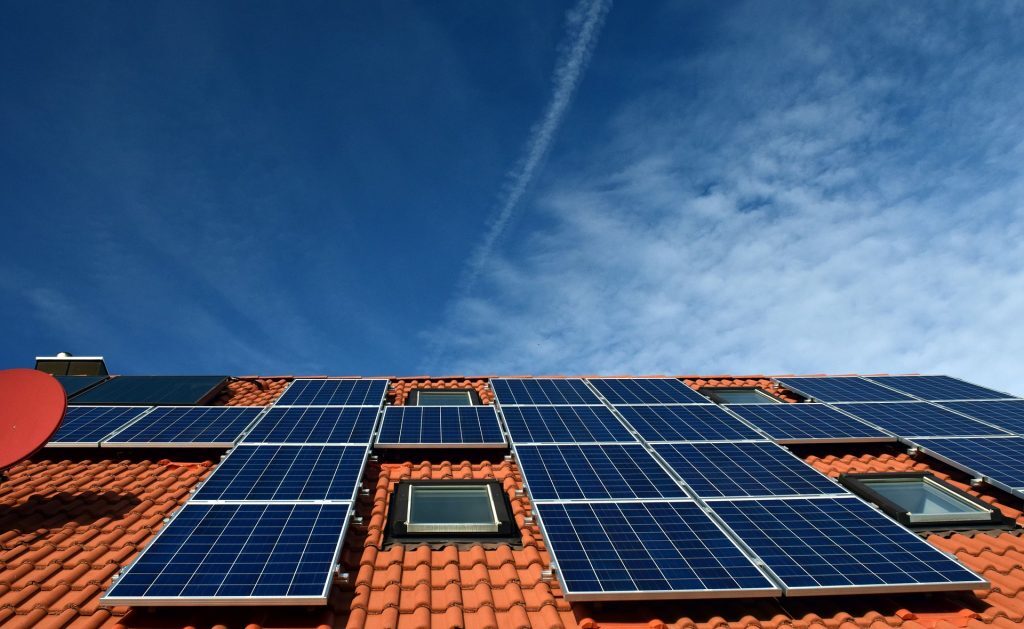Last month, Eskom presented plans to change its electricity price structure to the National Energy Regulator of South Africa. This included a big change to the electricity utility’s fixed and usage costs.
Eskom customers have a monthly fixed connection charge, and a charge for how much electricity they use on top of that. Traditionally, the usage charge has made up the majority of an electricity bill. But Eskom’s new price structure will change that. The company wants to increase the fixed charge, while decreasing the usage charge, and while this would certainly affect everyone’s electricity bills, it’s particularly significant for those using a grid-tied solar power system.
How, Eskom?
Effectively, a grid-tied solar system lets you use solar panels to power your house without the need for tonnes of expensive batteries (which you would need to go completely off the grid). Grid-tied systems generally do use batteries, but small ones, and are able to tap into the grid when the sun doesn’t shine and said battery is flat.
This means your Eskom usage costs are reduced, because you’re not using so much of their electricity, so your overall electricity bill is decently lower than it would be if you got all your power from the grid.
Eskom’s changes would see your fixed connection charge, the one that isn’t affected by solar power, increased significantly. This will diminish what you’re saving on usage costs, possibly even negate it. If you’ve been using a grid-tied system for a while, your electricity bill is going to be heftier than it has been so far.
Grid-tied systems are currently more affordable than fully off-grid ones, and are thus more attractive for those looking to escape Eskom. If you’ve been thinking about how to get off the grid entirely, this might be the push you need. Here’s how to do it.
Source: MyBroadband




